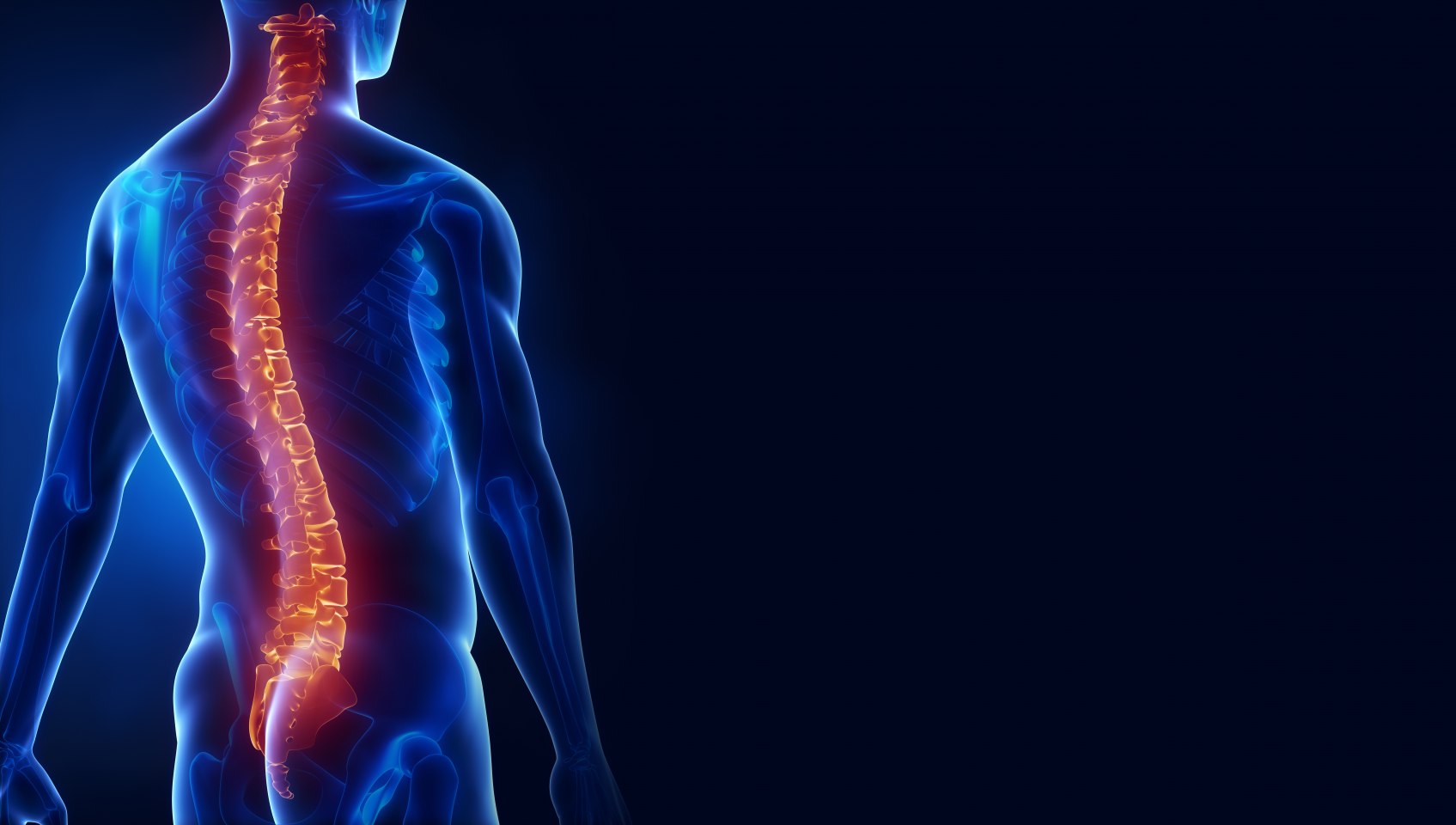NUCCA and the Autonomic Nervous System Dysautonomia

The Upper Cervical Chiropractic speciality field in the chiropractic profession is known as the National Upper Cervical Chiropractic Association (NUCCA). The principal focus of NUCCA is the specific alignment of the cranial-Cervical section of the spine.
Specializing with the first Cervical vertebra, Atlas, and its alignment with the Occiput of the skull and the second cervical vertebra.
This section of the upper cervical spine is especially vulnerable to head and neck traumas, strains and stresses.
The primary concern of this form of chiropractic is its close proximity to the central nervous system and the brain stem. The brain stem relays information between the brain and the body.
A spinal injury in the neck can cause a loss of perfect alignment of the Atlas vertebra and the skull.
These injuries can have serious consequences. They can lead to dysfunction of vital health systems within the body.
An upper cervical misalignment can cause loss of balance and alignment throughout the entire musculoskeletal system, such as distortion of the body’s center of gravity, pelvic and leg-length imbalance and spinal column distortion. Spinal alignment problems can lead to arthritis in the articulations of the skeleton and pain in the legs, neck and extremities if not properly corrected.
Head and neck injuries can cause the upper cervical spine to cause further injury to the central nervous system including the brain stem. Traction, irritation and pulling on the brain stem can interfere with its proper functioning.
The brain stem is located closely above the juncture of the C-1 vertebra and the skull. At this juncture is also the bulkiest section of the spinal cord because of all the nerves of the cord passing through this area to the brain. There are also vital blood vessels in this area that pump blood to the brain and return it to the heart as well as Cerebral Spinal Fluid (CSF) that circulates through the spinal canal to bathe the brain for vital functions. Any dysfunction in this area of the central nervous system is of vital concern.
The brain stem controls life-supporting autonomic functions of the body called the Autonomic Nervous System. The brain stem controls the following:
- Alertness
- Arousal
- Breathing
- Blood Pressure
- Digestion
- Heart Rate
- Information relayed from the peripheral nervous system to the brain.
Upper cervical injuries and misalignments can lead to brainstem dysfunction. Causing Dysautonomia.
Dysautonomia is deregulation of the autonomic nervous system. Possible problems include the following:
- Heart Arrhythmia
- Orthostatic intolerance
- Reduced blood flow to the brain
- Low heart rate.
- Chronic Fatigue Syndrome.
- Fibromyalgia
- Respiratory problems of hypo-ventilation
- Increased sympathetic (fight or flight) and decreased parasympathetic (rest and digestion)
- The brain stem is an important source of serotonin, norepinephrine and dopamine producing neurons, which can produce an array of symptoms including fatigue, pain, headache, depression, anxiety, sleep and cognitive impairment.
- GI symptoms
- Ramped-up fight and flight system, narrow blood vessels, inflammation, heart rate and blood pressure issues and possibly decreased blood flow to the brain.
- Dysfunction of the Reticular Activating System in the brain stem.
Dysautonomia is a serious malfunctioning of the autonomic nervous system. It is critical to the proper functioning of the body.
Correction, treatment and alignment of the upper cervical spine can help restore proper brainstem functioning and help relieve autonomic nervous system symptoms that are caused by an upper cervical vertebral subluxation.
